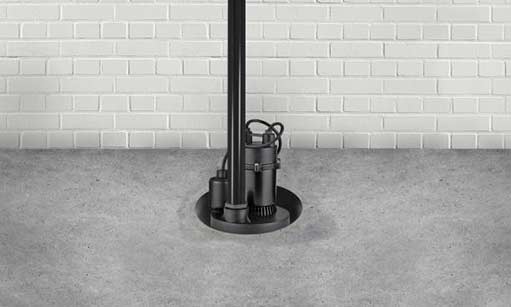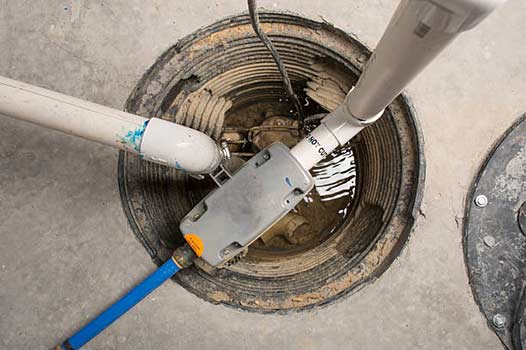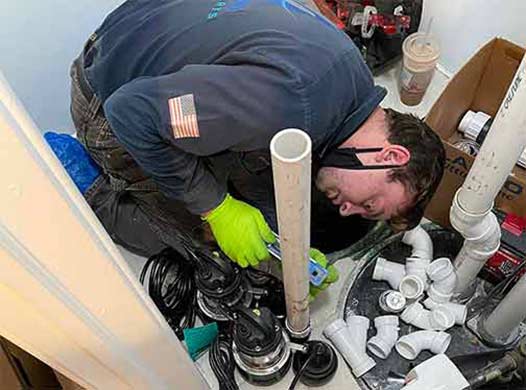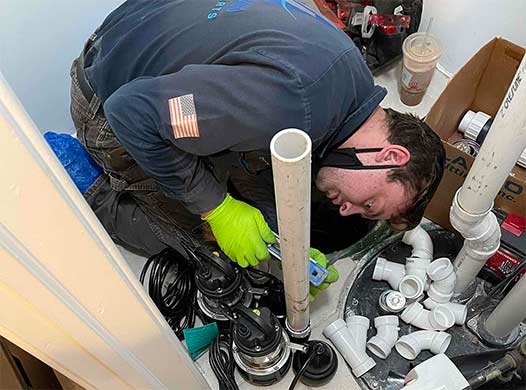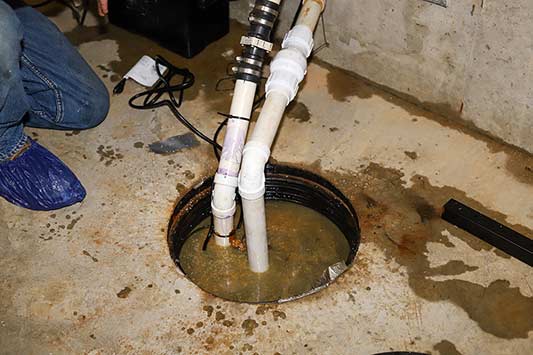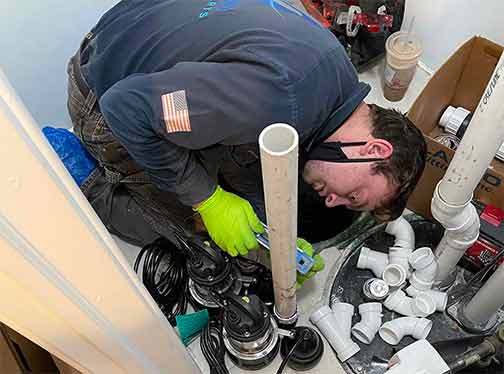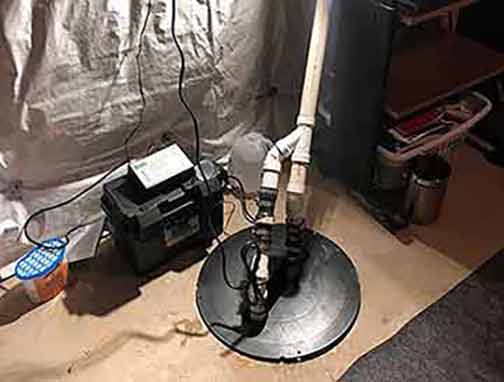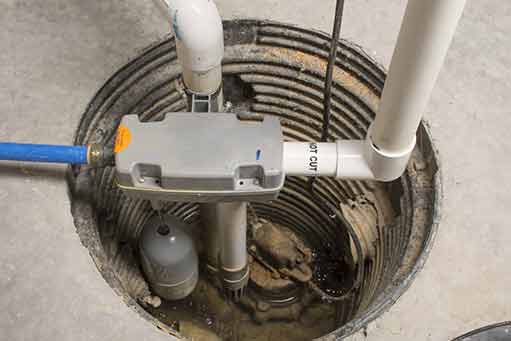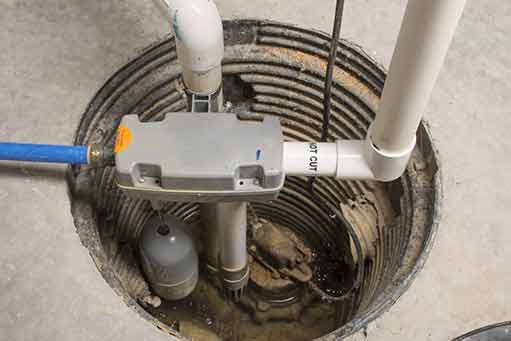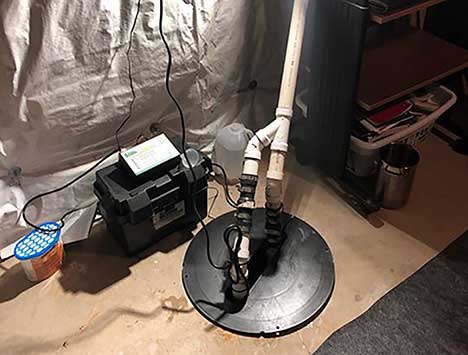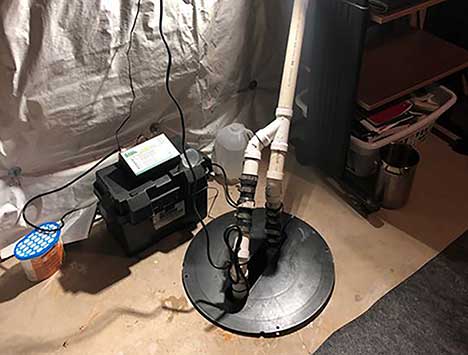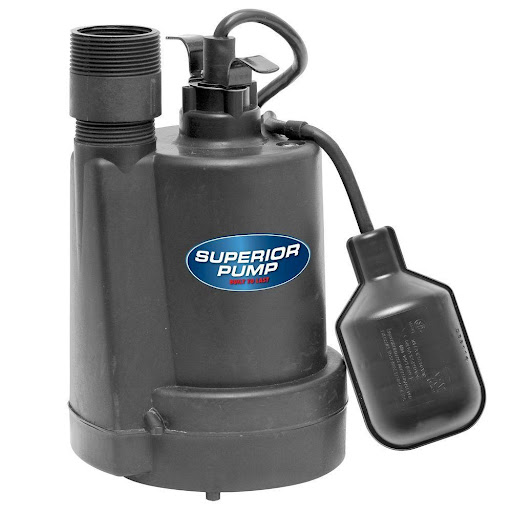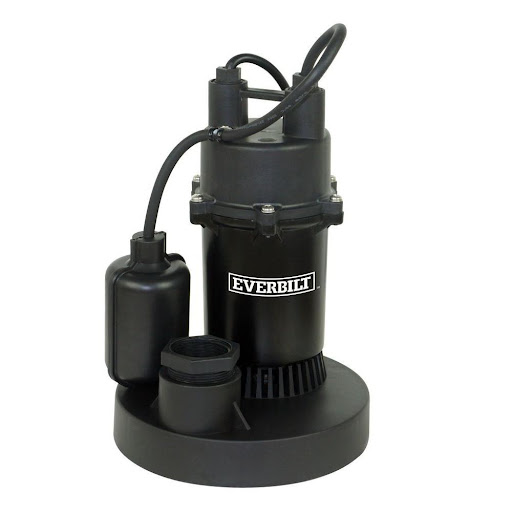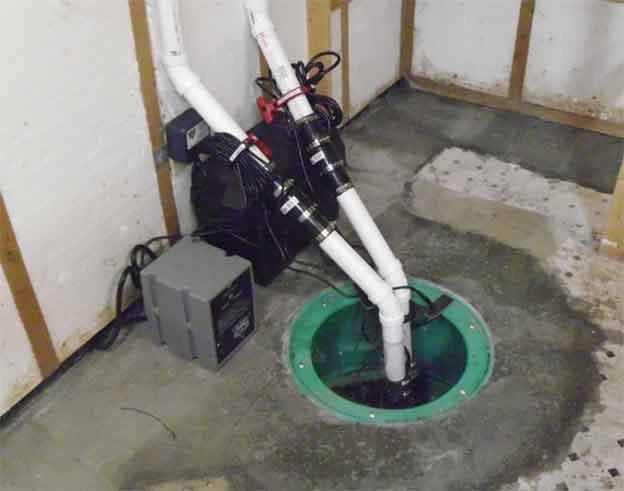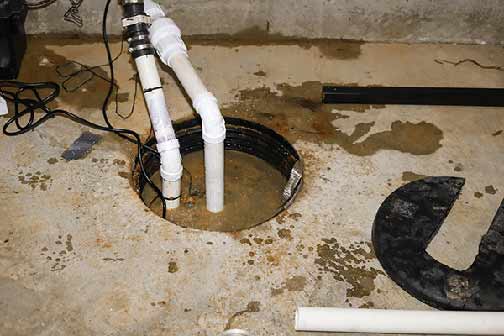Is Your Sump Pump Showing These Warning Signs in Oak Lawn, IL?
When it comes to protecting your basement from potential flooding, a reliable sump pump is essential. However, like any mechanical device, sump pumps can deteriorate over time, leading to a decrease in performance and an increased risk of basement water damage. To ensure your sump pump is working effectively, it’s important to be aware of the key warning signs that indicate it may need to be replaced. In this article, we will explore these warning signs specifically for homeowners in Oak Lawn.
1. Excessive Noise
If your sump pump is making unusually loud or strange noises, it could be an indication of a problem. Sump pumps should operate quietly and efficiently. If you start noticing grinding, rattling, or clunking noises, it may be a sign that the motor or other components are wearing out. It is important to address this issue promptly to prevent a complete breakdown of your sump pump.
2. Frequent Cycling
Does your sump pump turn on and off frequently, even when there is no heavy rainfall or significant water accumulation? This could be a red flag. Constant cycling may be an indication that your sump pump is struggling to keep up with the water inflow or that the float switch is malfunctioning. If this problem persists, it’s crucial to have your sump pump inspected or replaced to avoid basement flooding.
3. Irregular Water Discharge
When your sump pump is working correctly, it should expel water outside your home through a designated discharge pipe. If you notice that the water is not being discharged properly or is pooling around the foundation of your house, it’s time to investigate further. Clogs in the discharge pipe, a malfunctioning check valve, or a deteriorating pump can all lead to improper water discharge. By addressing this issue promptly, you can prevent water damage and potential mold growth.
4. Unpleasant Odors
If you start noticing foul odors coming from your sump pump, it is likely caused by stagnant water or mold growth within the pump. These odors may indicate that your sump pump is not effectively removing water from your basement, allowing it to sit and create a breeding ground for bacteria and mold. Not only can these odors be unpleasant, but they can also pose health risks to you and your family. Seeking professional assistance to assess and replace your sump pump is crucial to maintain a healthy living environment.
5. Visible Rust or Corrosion
Inspecting your sump pump regularly is essential to catch any signs of deterioration. If you notice visible rust or corrosion on the pump’s exterior surface, it’s a clear indication that it is aging and may be prone to failure in the near future. Rust and corrosion can weaken the pump’s structure, leading to leaks or complete malfunction. At the first signs of rust, it is advisable to contact a professional Oak Lawn plumber to evaluate the condition of your sump pump and determine if a replacement is necessary.
6. Age of the Sump Pump
Regardless of its current condition, the age of your sump pump should also be taken into consideration. On average, sump pumps have a lifespan of around 10 years. If your sump pump is approaching or has exceeded this timeframe, it is advisable to proactively replace it, even if it does not exhibit any obvious warning signs. Investing in a new sump pump before a catastrophic failure can save you from potential basement flooding and costly water damage.
7. Lack of Regular Maintenance
Proper maintenance is key to extending the lifespan and effectiveness of your sump pump. If your sump pump has not been regularly serviced or maintained, it may be more susceptible to failure. Lack of maintenance can lead to clogged or broken components, decreased pump performance, and ultimately, the need for a replacement. To ensure your sump pump operates optimally, make sure to clean the pump, test the float switch, and remove any debris or sediment from the sump pit on a regular basis.
8. Previous Instances of Basement Flooding
If you have experienced basement flooding in the past, it is crucial to evaluate the condition of your sump pump. A sump pump that has already been overwhelmed by excessive water may not function as effectively in future flood events. Additionally, the strain placed on the pump during a flood could have caused internal damage, compromising its reliability. To avoid a recurrence of basement flooding, it is advisable to consider replacing your sump pump after a significant water event.
Protect Your Home with a Reliable Sump Pump
Having a fully functional sump pump is essential for protecting your basement and valuables from water damage. By staying vigilant and recognizing the warning signs that indicate the need for sump pump replacement, you can ensure the continued safety and resilience of your home. Whether you are experiencing excessive noise, irregular water discharge, or any of the other warning signs mentioned in this article, it is essential to speak with a professional sump pump technician in Oak Lawn who can assess your specific situation and recommend the most suitable solution.
Are you in need of a sump pump repair or replacement in Oak Lawn? Contact us below!
